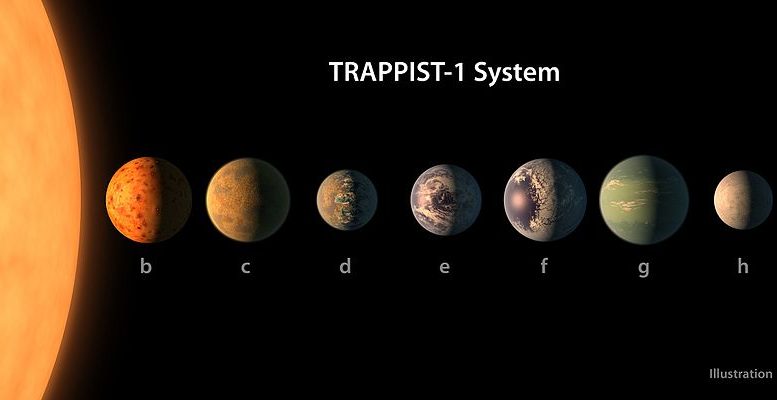Whether it began from a young age or translated into adult life, people have pondered the idea of life on another planet for years on end. Whether it was claiming you had seen a UFO in the sky, or just watching the E.T. movie a few too many times, this question has been kept unanswered for years. However, as NASA’s Spitzer Space Telescope has discovered seven earth-sized planets in a different solar system, astronomers have begun to more deeply analyze the possibility of live outside of planet Earth.
Those working for NASA are anxious to dive into the unknown and begin searching for signs of existing life on these newly found planets.These 7 planets were found in a tight formation orbitting a start which astronomers have begun to call “TRAPPIST-1.” Three of these planets are located in the “habitable” zone, an area which has been proven fit for human life. With that said, it seems as though there could be sustainability for future life, or life forms which may exist currently. It has been discovered that given the right conditions, these three specific planets, known as TRAPPIST-1e, f, and g, could possibly have liquid water on them. This may suggest that the planets have oceans on the surface. Thomas Zurbuchen, an associate administrator of NASA’s Science Mission Directorate says, “This discovery could be a significant piece in the puzzle of finding habitable environments, places that are conducive to life.”
Before recent findings, people were unable to comprehend that there could ever be some sort of life outside of planet earth. Jorge Cordova (’17) says, “it will be cool to see how life would be on another planet. This is a good step to expanding human life.” With these new discoveries, horizons have been broadened in that those at NASA will be working tirelessly to find out new information. This news has shaken our world as a whole and might mean the expansion of the human race for the future.

